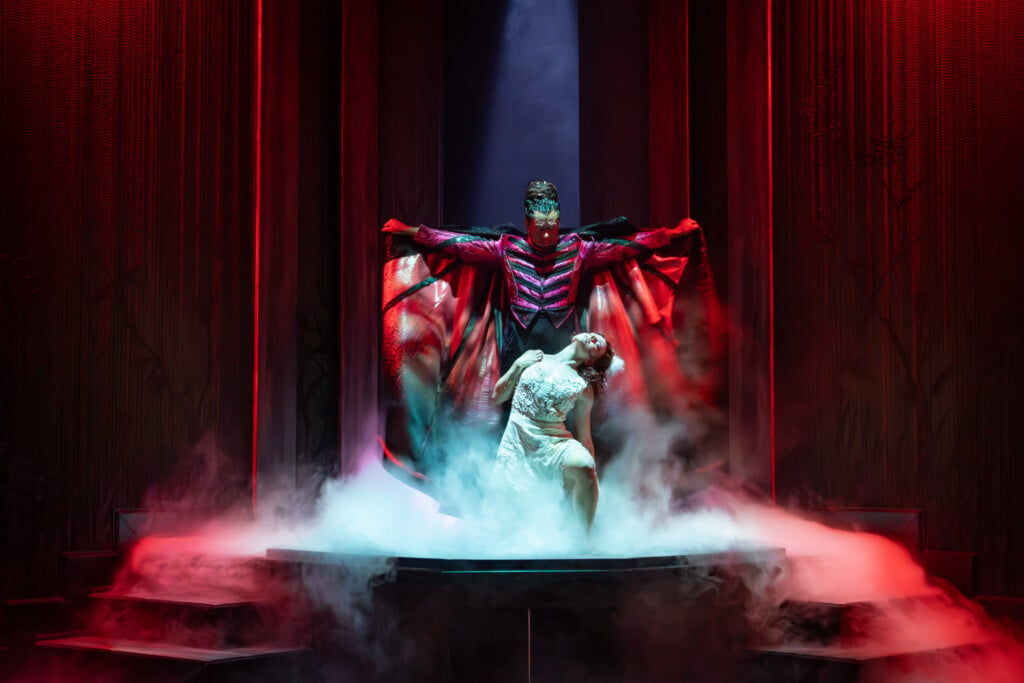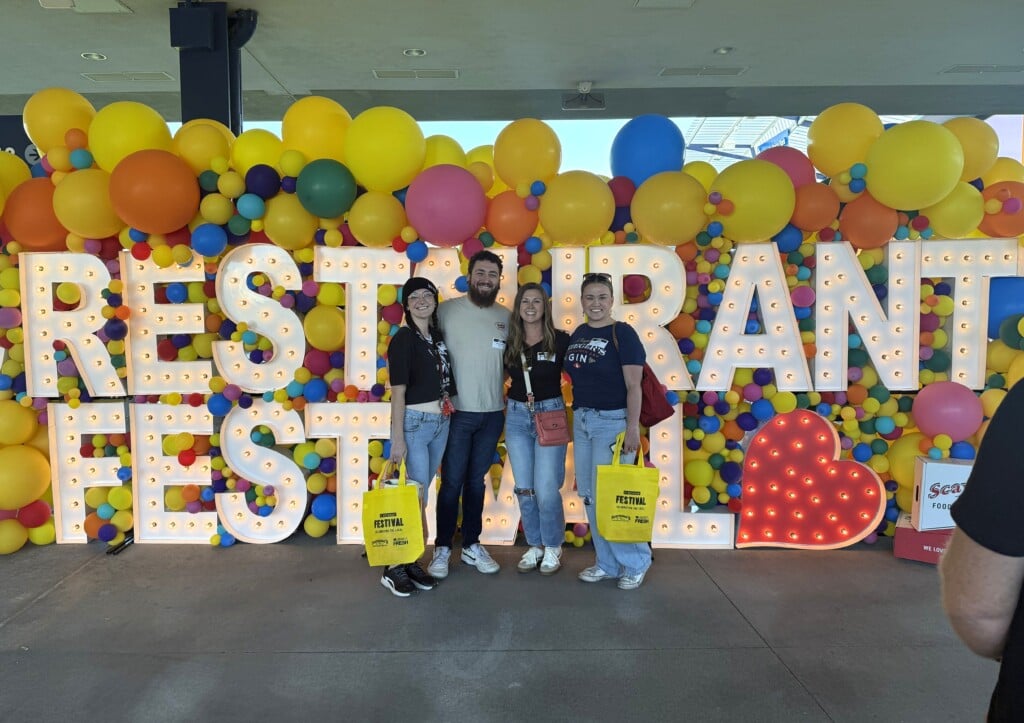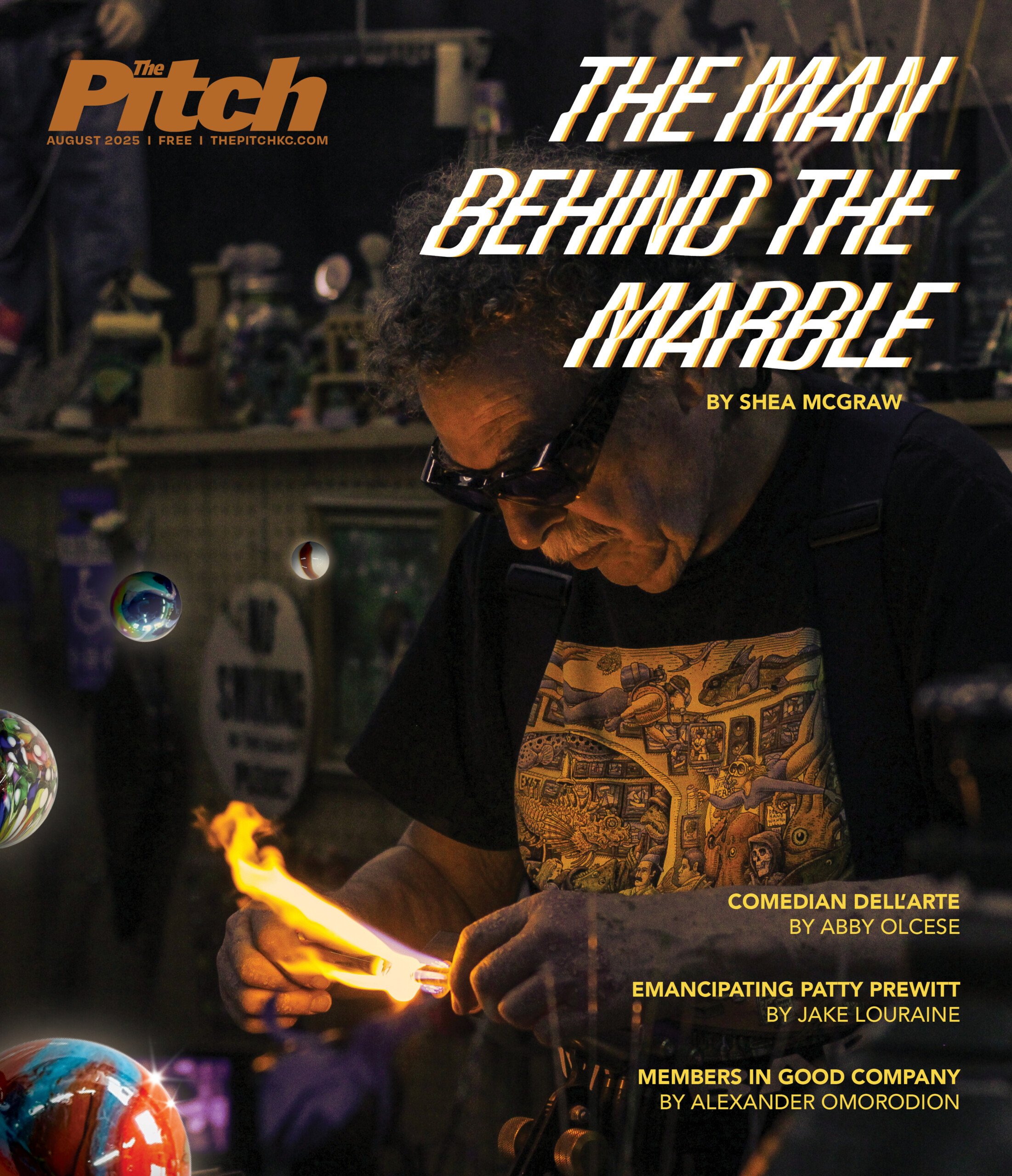The Flat

Arnon Goldfinger’s documentary starts slowly, with the feeling of a home movie fashioned into something for PBS. The photography is matter-of-fact and sometimes harsh, like something strung together from a couple of cellphones. But these seeming early deficits allow The Flat to catch you off-guard with what turns out to be a rich, complex and unlikely story.
Goldfinger’s movie won an award at the Tribeca Film Festival this past spring (for Tali Helter-Shenkar’s editing), and the director told Tribeca’s website in October that The Flat tells “a universal story.” That’s not necessarily what you want from a documentary, but what’s universal here is something that works exceptionally well. As Goldfinger put it in the same interview: “Is the history of your family important? How does it reflect your identity? What do you know about your parents? Does your life need to be connected to your past?”
To the extent that answers await those questions, they’re first whispered to Goldfinger in his film’s title property, the jam-packed Tel Aviv apartment of his late grandmother. She and her husband were German Jews who left Berlin in the 1930s — but, the movie carefully reveals, didn’t let go of every connection to that time and place. (They also didn’t let go of much property; Goldfinger set out to document no more than an arduous dig through a lifetime’s worth of books and antiques and garments, most now sadly disposable.)
First a letter and then a coin, each showing both a Star of David and a Nazi swastika, spark a series of questions that the usual Googling and weekend genealogy can’t satisfy. Saying much more would rob The Flat of its initial power to jar. But after the movie, knowing as much as Goldfinger does about his family, you may want to watch it again.




